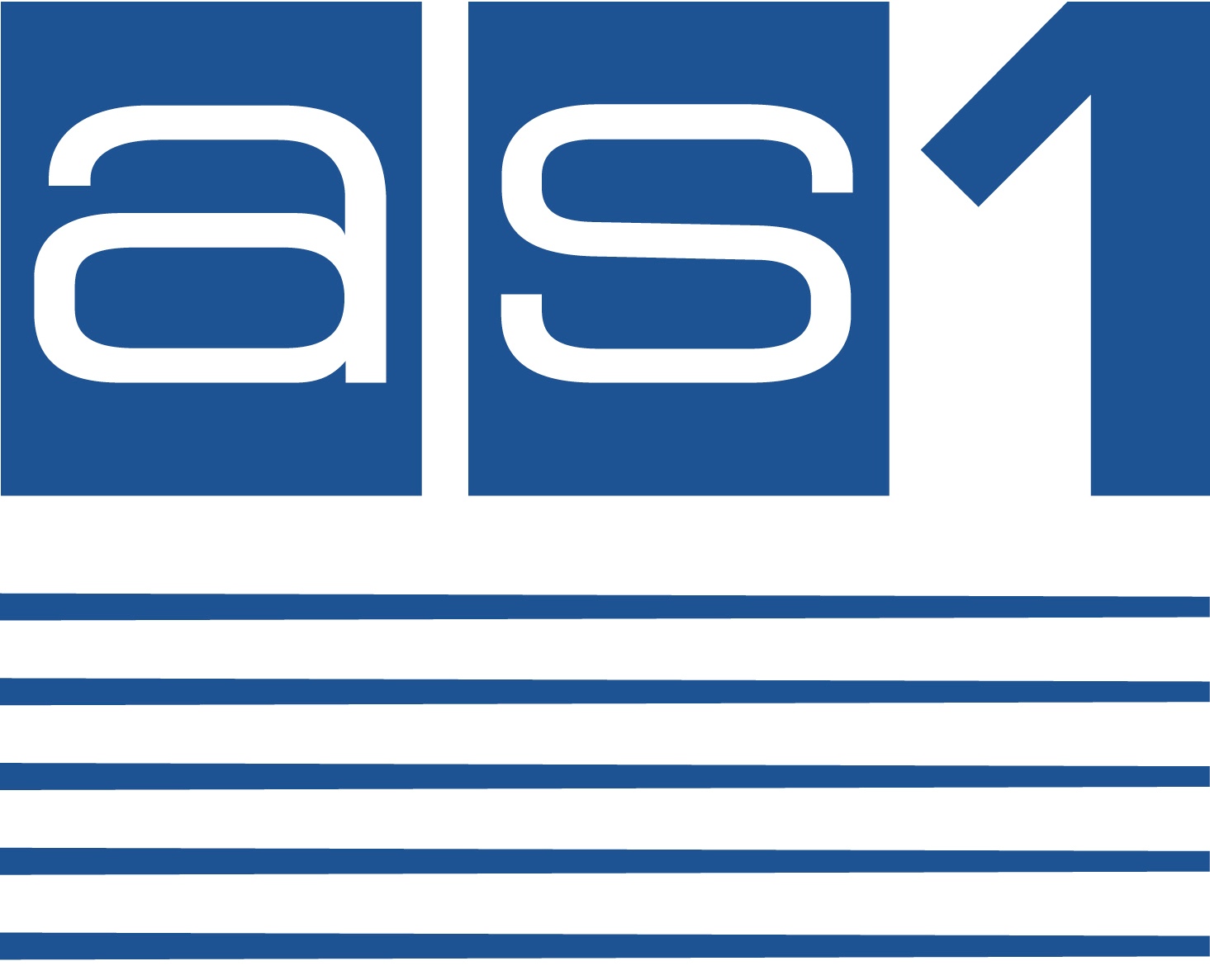The Don Whitley DG250 is used when there is a need to easily process, culture and examine anaerobic samples without exposure to atmospheric oxygen. This workstation has a small footprint yet can accommodate 270 x 90mm Petri dishes whilst retaining a generous working area. For emergency anaerobic incubation it will hold up to 400 plates.
Features and Benefits
33% more capacity than any other unit of comparable size so you get more space for your money.
The user portholes act as two mini-airlocks so you can transfer plates at the same time as entering/exiting the workstation.
The whole top can be lifted off for thorough cleaning and the transfer of bulk samples and equipment.
Built-in, fully automatic humidity control system that requires no user maintenance.
Available with automatic sleeve gassing system operated by foot-switch so you can ensure the correct conditions and use gas supplies efficiently.
Optional fully comprehensive maintenance and breakdown contracts are available to prolong the life of your investment. (Note: different arrangements apply in different countries).
Facts and Figures
Weight: 64kg
Dimensions: 810 x 760 x 635 mm (L x D x H)
Gas Requirements: 1 x cylinder of Anaerobic Gas Mix or 1 x cylinder of Anaerobic
Gas Mix and 1 x cylinder of Nitrogen.
Electricity Requirements: 230 ± 10% V AC or 115 ± 10% V AC – single phase
Read more about DG250 here >>
For more information about the DG250 Workstation in New Zealand, please contact Anna Wilson










